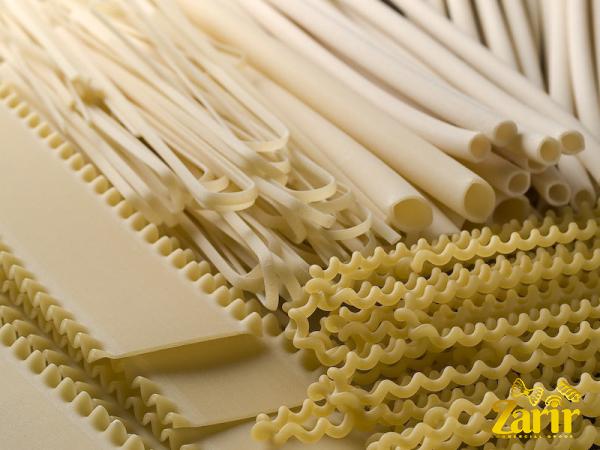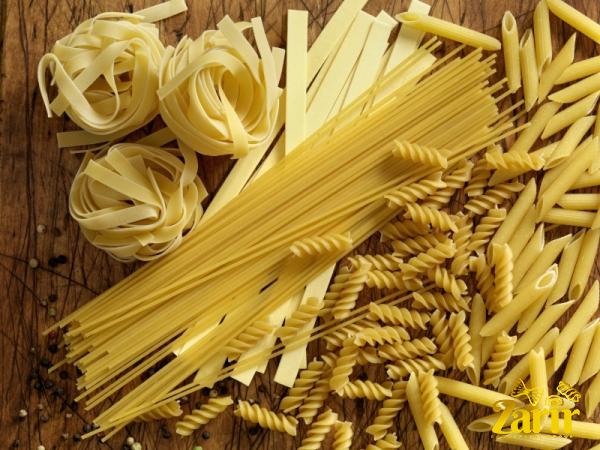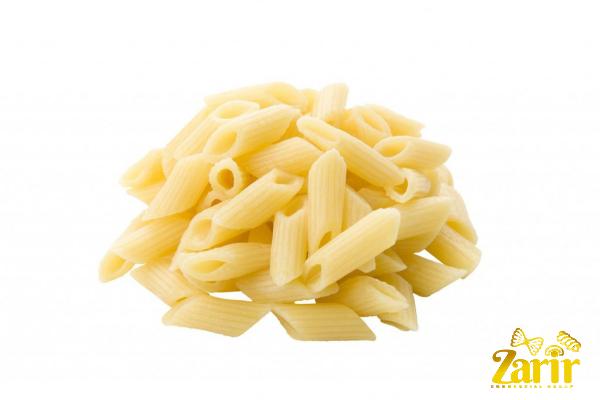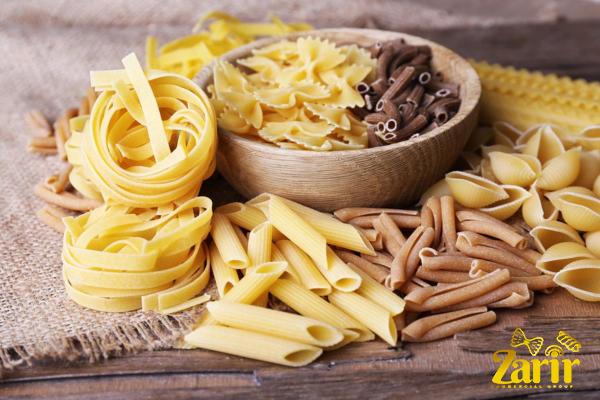As consumers become more conscious about their food choices and the impact on their health and the environment, the demand for organic products has increased significantly in recent years. One such product that has caught the attention of health-conscious consumers is organic pasta. In this article, we will explore the differences between organic pasta and regular pasta, shedding light on the production methods, nutritional value, and overall benefits of choosing organic. Production Methods: Regular pasta is typically made from refined grains, such as white flour. These grains undergo heavy processing, during which the bran and germ components are removed, stripping away important nutrients.

.
 Conventional pasta production often involves the use of chemical pesticides, synthetic fertilizers, and genetically modified organisms (GMOs), which can have adverse effects on both human health and the environment. In contrast, organic pasta is made from grains that have been cultivated without the use of synthetic pesticides, herbicides, or genetically modified seeds. Organic farming practices aim to maintain soil fertility, promote biodiversity, and minimize the impact on the ecosystem. The choice of organic ingredients ensures that the pasta is free from harmful chemicals and GMOs, providing a more wholesome and natural product. Nutritional Value: The refining process used in regular pasta production results in a loss of vital nutrients, including fiber and certain vitamins and minerals.
Conventional pasta production often involves the use of chemical pesticides, synthetic fertilizers, and genetically modified organisms (GMOs), which can have adverse effects on both human health and the environment. In contrast, organic pasta is made from grains that have been cultivated without the use of synthetic pesticides, herbicides, or genetically modified seeds. Organic farming practices aim to maintain soil fertility, promote biodiversity, and minimize the impact on the ecosystem. The choice of organic ingredients ensures that the pasta is free from harmful chemicals and GMOs, providing a more wholesome and natural product. Nutritional Value: The refining process used in regular pasta production results in a loss of vital nutrients, including fiber and certain vitamins and minerals.
..
 Organic pasta, on the other hand, tends to retain more of its nutritional value. The use of whole grains in organic pasta contributes to its higher fiber content, which supports healthy digestion, lowers the risk of cardiovascular diseases, and helps regulate blood sugar levels. Organic pasta is also known to contain higher levels of essential minerals like iron, magnesium, and zinc. Additionally, studies suggest that organic crops may have higher levels of certain beneficial phytochemicals, such as antioxidants, which are associated with various health benefits, including reduced risk of chronic diseases. Environmental Impact: Traditional pasta production methods heavily rely on chemical fertilizers and pesticides, contributing to soil degradation, water pollution, and biodiversity loss. Conversely, organic farming practices prioritize sustainability, emphasizing soil health, conservation of water resources, and protection of wildlife.
Organic pasta, on the other hand, tends to retain more of its nutritional value. The use of whole grains in organic pasta contributes to its higher fiber content, which supports healthy digestion, lowers the risk of cardiovascular diseases, and helps regulate blood sugar levels. Organic pasta is also known to contain higher levels of essential minerals like iron, magnesium, and zinc. Additionally, studies suggest that organic crops may have higher levels of certain beneficial phytochemicals, such as antioxidants, which are associated with various health benefits, including reduced risk of chronic diseases. Environmental Impact: Traditional pasta production methods heavily rely on chemical fertilizers and pesticides, contributing to soil degradation, water pollution, and biodiversity loss. Conversely, organic farming practices prioritize sustainability, emphasizing soil health, conservation of water resources, and protection of wildlife.
…
 Choosing organic pasta supports environmentally friendly agricultural practices, reduces the contamination of water sources, and helps preserve ecosystems. This eco-conscious approach contributes to the long-term well-being of our planet by minimizing carbon emissions and reducing the overall ecological footprint associated with agriculture. Conclusion: The choice between organic pasta and regular pasta ultimately comes down to personal preferences and values. While regular pasta may be more readily available and cheaper, organic pasta offers distinct advantages in terms of nutritional value and environmental impact. By opting for organic pasta, consumers can enjoy a product that is free from harmful chemicals, supports sustainable farming practices, and provides higher nutritional content. As the demand for organic products continues to grow, it is crucial for consumers to make informed choices. Organic pasta serves as an excellent option for those seeking a healthier alternative without compromising on taste or quality. So next time you reach for a box of pasta, consider this choice and embrace the benefits of organic.
Choosing organic pasta supports environmentally friendly agricultural practices, reduces the contamination of water sources, and helps preserve ecosystems. This eco-conscious approach contributes to the long-term well-being of our planet by minimizing carbon emissions and reducing the overall ecological footprint associated with agriculture. Conclusion: The choice between organic pasta and regular pasta ultimately comes down to personal preferences and values. While regular pasta may be more readily available and cheaper, organic pasta offers distinct advantages in terms of nutritional value and environmental impact. By opting for organic pasta, consumers can enjoy a product that is free from harmful chemicals, supports sustainable farming practices, and provides higher nutritional content. As the demand for organic products continues to grow, it is crucial for consumers to make informed choices. Organic pasta serves as an excellent option for those seeking a healthier alternative without compromising on taste or quality. So next time you reach for a box of pasta, consider this choice and embrace the benefits of organic.










Your comment submitted.